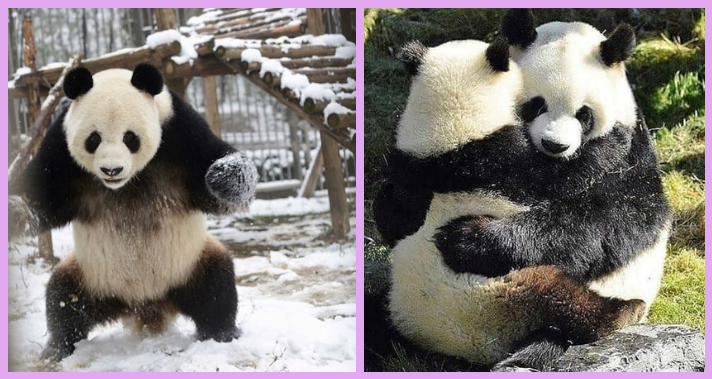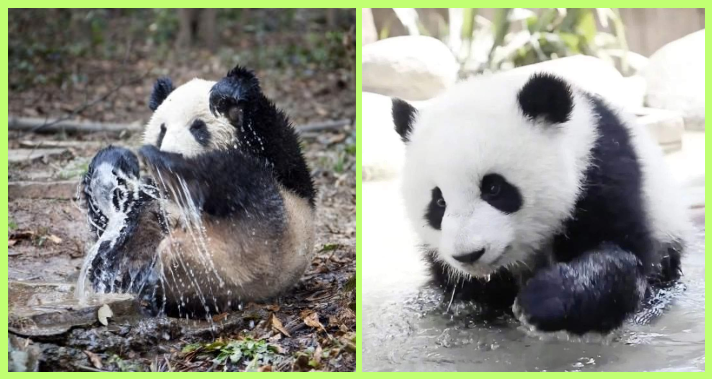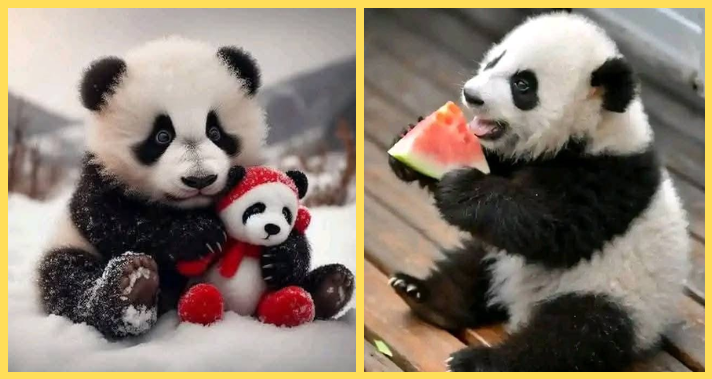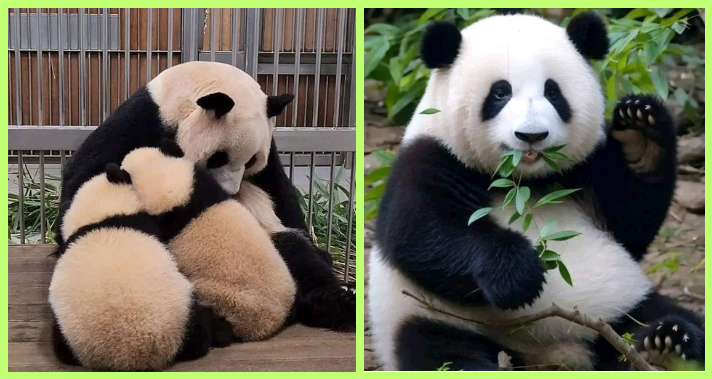Hibernation is a common method of survival among many of the bear species during the winter. During this period food becomes scarce and the weather becomes cold. To survive many bears increase their food intake to a large extent before winter and store fat in their bodies and then sleep for months of time without eating, drinking or moving much. However, giant pandas do not follow such behavior. As well as being members of the bear family, they opt for another way to survive the cold months. This interesting blog explains why the pandas do not hibernate like other bears and how they manage to survive winter without sleeping for long periods of time.
Pandas Do Not Hibernate
The diet is the major factor why the pandas don’t hibernate. Most bears consume high energy foods which include meat, fish, nuts, and fruits. These foods help them to store layers of fat, to be used as energy during hibernation. Pandas, on the other hand, almost entirely depend on bamboo for food. Bamboo is low in calories and does not give very much energy compared to meat or nuts. Even if pandas check themselves on a diet of big bamboo, their body cannot store enough fat to get through months of not eating. Because of this, it is necessary for pandas to eat every day, even during the winter. If they stop eating they will not have enough energy to survive. Their bodies are not adapted to going for a long time without food. So instead of sleeping through winter, they stay awake, and continue eating bamboo to stay alive.
Although pandas belong to the bear family, its body is constructed differently than those of the other bears. Over the course of a long period of time, their bodies have adapted to a bamboo based diet. Their bones, teeth and muscles are made for breaking and chewing the bamboo. Their digestive system is still more similar to carnivores but it works hard to process rough plant material. Most bears have thick layers of fat stocked up underneath their skin before the onset of wintertime. This fats ensures they keep warmer and serve as sources of energy when they hibernate. Panda’s do not store much fat as bamboo does not provide them enough energy to store fat. Without the necessary amount of fat, their bodies cannot sustain a long and deep sleep into the winter. This is why they don’t have the option of hibernation for them.
#1. I don’t do mornings. I do bamboo and naps.

#2. Too lazy to function and too cute to care
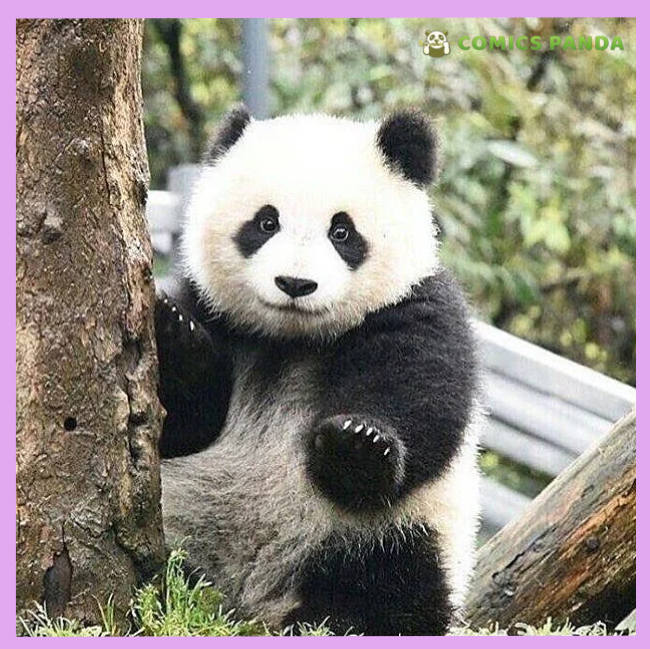
The way for pandas to survive is by staying active. During winter, they migrate to lower parts of the mountains where the temperature is more temperate and bamboo is more abundant. They do not sleep in one place for too long due to the constant need of their stomach to be refilled. The little energy that they get from bamboo is soon spent, so they eat for many hours a day. Instead of sleeping hibernating bulls, pandas hang, climb trees, and look for fresh bamboos. They do not move very fast but they are steady and careful. Their slow movement helps them conserve energy and still be able to find enough food. While pandas do not hibernate they also have their way of dealing with the cold. They do a practice known as seasonal migration. This implies that they gradually migrate from higher mountain regions to the lower regions with the onset of winter. Lower areas are less cold, have less snow and it is easier to access the bamboo.
#3. Eat, sleep, panic for two seconds, repeat

#4. I’m just full of love and bamboo

Unlike other animals that travel over long distances, pandas only move in the forest area that they are familiar with. They follow paths that they have been on before. This movement enables them to stay warm and access food which makes hibernation unnecessary. Even though the pandas do not hibernate, they are not defenseless against coldness. Their bodies are covered with a thick fur that helps them to get protected from the freezing temperature. Their fur has two layers, an inner layer that is warm and an outer layer that is coarse. This natural coat keeps them warm even when they are walking on snow or at rest on cold ground. Their good-rounded body shape also helps to retain heat. The smaller the surface area on an animal relative to its size the slower the animal loses heat. Pandas are strong and heavy which helps them to keep warm even in cold weather.
#5. Running on 1% energy and 99% softness
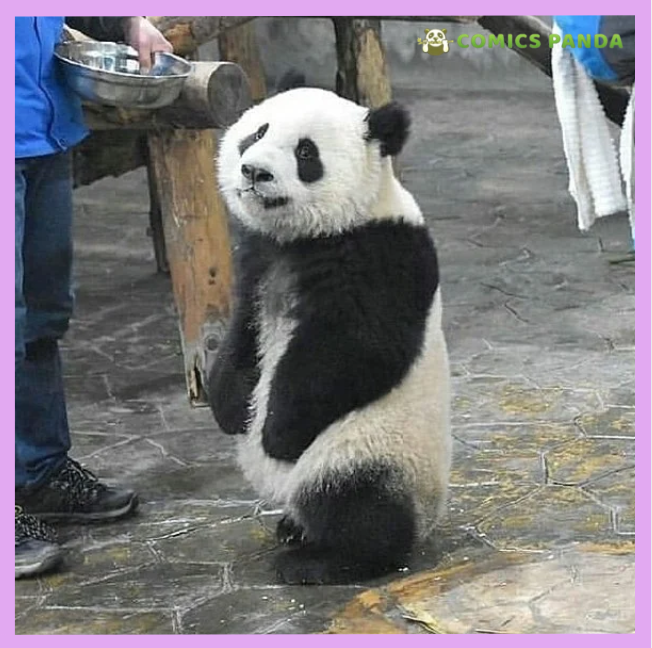
#6. The fluff is real and so is my hunger
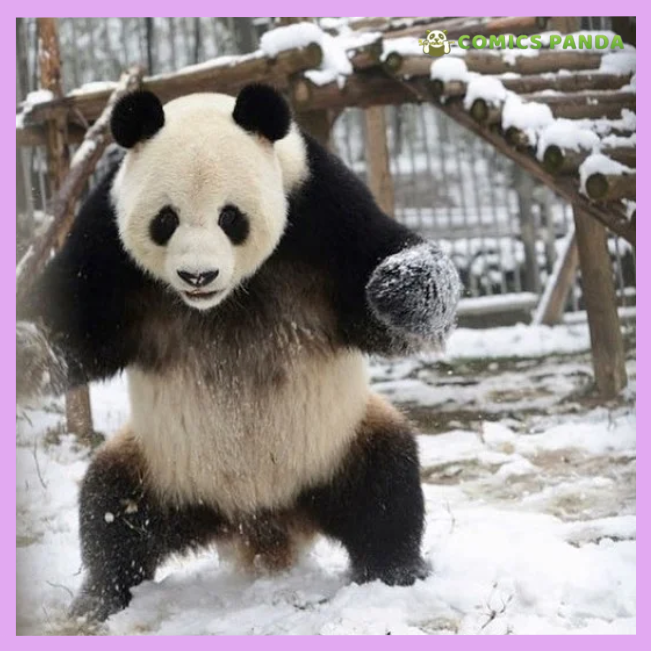
Another reason that pandas do not have to hibernate is their low energy lifestyle. They do not chase their prey, and do not travel fast. They eat, rest, and move slowly. This helps them to save the limited energy which they get from bamboo. Due to the small amounts of energy they use, they do not have to go into deep sleep like other bears to survive the winter. They spend a lot of the day sitting in quietness and chewing bamboo. Once they have eaten they rest to digest their food. Heart rate and breathing are not active as they hibernate without passing into complete hibernation. As a result, a simple lifestyle works with their source of food and surroundings.
#7. Too glam to give a bamboo

#8. If sleeping was a job, I’d be employee of the month
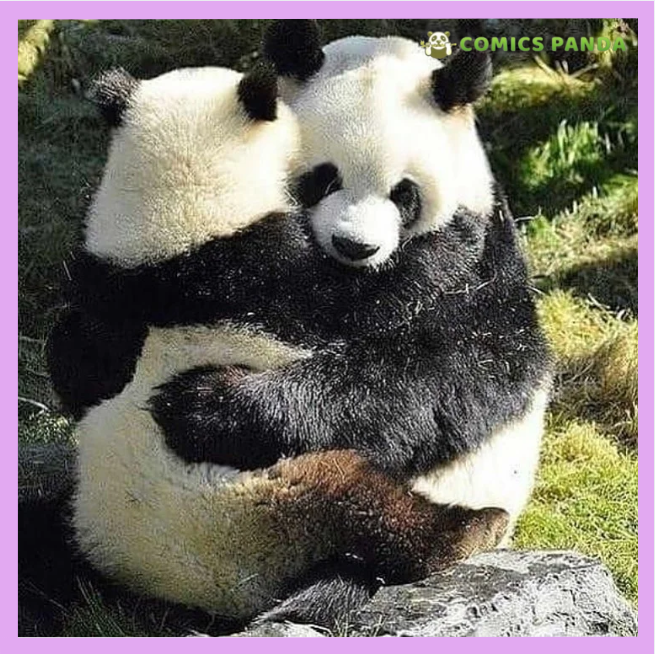
Thousands of years ago, pandas ancestors must have been more like other bears. Over periods of time, as their environment changed and more bamboo became available their diet and body adapted. They changed from being hunter-gatherers who ate meat to eating bamboo almost exclusively. This change in food brought changes in lifestyle and behavior and even survival methods. Pandas live in an environment where bamboo grows year round even under the snow. This constant supply of food means that they do not have to sleep through winter in order to survive. Nature provides them with what they need on a daily basis, as long as they are active enough to find it. It is this balance that allows them not to hibernate.
#9. If procrastination was a sport, I’d win without trying
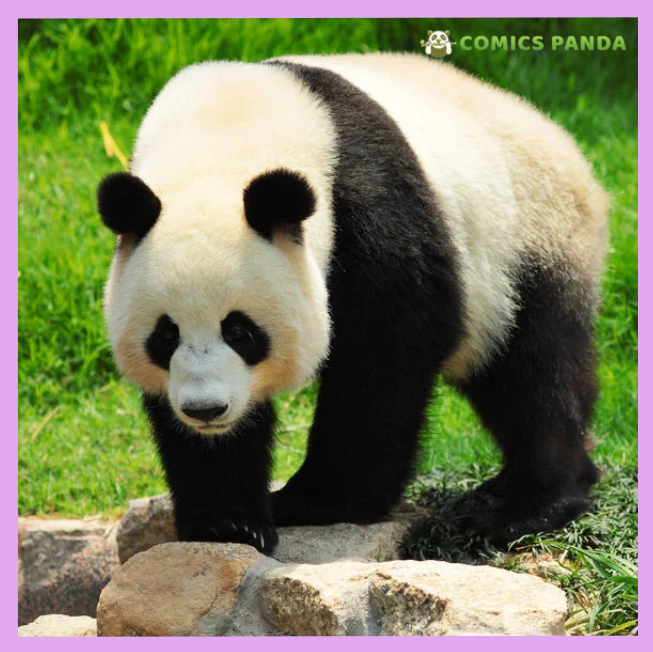
#10. I chew loudly to silence my responsibilities
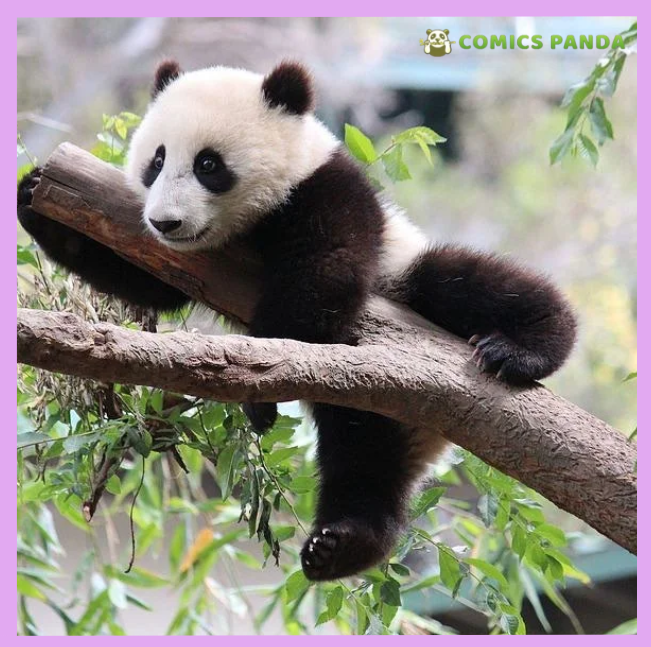
Their lifestyle demonstrates a different strength. Instead of storing energy and sleeping, they prefer to stay awake while facing the cold weather, and continue their daily routine. It is a gentle but firm way of surviving. Panda does not hibernate like other bear because their body and diet does not support hibernation. Bamboo is not an adequate source of energy to build up fat for long winter sleep. Instead, panda eat and move all year and even in winter. They rely on their thick fur, slow movement, the migration of seasons and daily feeding to live by. This makes panda unique in the bear family. Their way of survival is peaceful, steady and nature-shaped over the years. Instead of sleeping through winter, they take it headstrong and in quiet, silent determination. If you have liked this blog, please share it with other people and visit our website for more interesting stories about nature.

